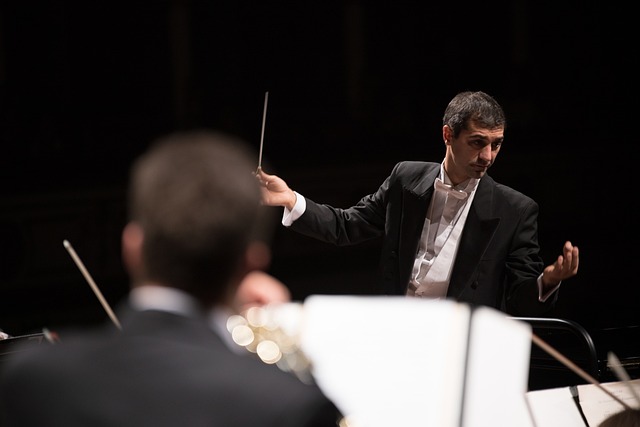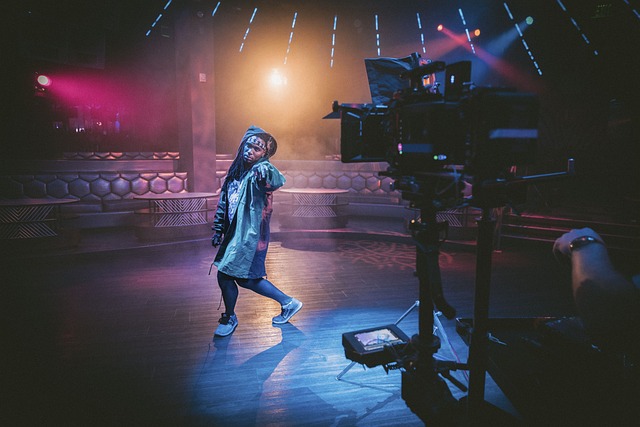
The Ultimate Rock Conductor: How Music Culture Sets the Party Tone
When we think of a conductor, we often envision a poised figure leading an orchestra, arms raised dramatically while bridging the gap between the musicians and the audience. In the world of rock music, however, the concept of a conductor transcends the podium; it’s about the vibrant energy in the air, the pulsating rhythm that gets everyone moving, and the shared experience that turns a gathering into a true party.
Music culture is a powerful influencer when it comes to setting a party’s tone, especially within the realm of rock. The raw intensity of a guitar solo or the anthemic power of a chorus can unite people in a way few things can. Each genre of music carries its own unique vibe, and rock, with its rebellious spirit and electrifying riffs, has always been a go-to for creating unforgettable experiences.
Think about the last time you attended a rock concert or even a friendly gathering where rock music was the soundtrack of the night. The moments when the crowd erupts into a sing-along, when hands are raised in the air, and when heads are banging to the beat—these are the hallmarks of a party where rock reigns supreme, and the conductor is none other than the music itself. It’s fascinating how a power chord or a catchy lyric can make strangers feel like lifelong friends in mere seconds.
On any given weekend, music lovers gather in venues ranging from intimate bars to massive stadiums, all drawn together by the exhilarating atmosphere that rock exudes. The iconic riffs of legends like Jimi Hendrix, Led Zeppelin, and The Rolling Stones create a sonic wave that washes over the audience, compelling everyone to lose themselves in the moment. Here, it’s not just about listening; it’s about participation—a communal experience that turns individual listeners into a cohesive force of celebration.
The dynamics of a successful party often hinge on the playlist, and rock music continuously proves to be a best-seller for this purpose. From the electrifying beats of punk rock to the soulful melodies of classic rock, each song serves as a thread that weaves the fabric of the event together. When the right songs play, it’s as if the conductor—this unseen force—knows exactly when to build tension and when to drop it back, guiding the emotional journey of the night.
Moreover, the relevance of music culture extends beyond just the songs themselves. The imagery associated with rock—think leather jackets, wild hairstyles, and vintage band t-shirts—contributes to a sense of identity that attendees bring to the party. It’s not merely about the tunes blaring from the speakers; it’s about what it means to be part of something bigger, a community of like-minded individuals eager to express themselves through the universal language of music.
Engaging in conversations about favorite bands or debating the best guitarists can be the topics that spark connections among partygoers. There’s an instant camaraderie that develops as people bond over shared memories of attending shows or reminiscing about classic albums—these stories act as ties that bind the group together, like a conductor orchestrating a stunning musical performance.
As we dive deeper into the music culture of rock, it becomes clear that the conductor isn’t just an individual but a collective presence felt throughout the room. It’s the bass thumping in your chest, the guitars screaming, and the audience’s collective energy that creates a unique synergy. This shared excitement bottles up emotions and releases them in waves, turning every gathering into a raucous celebration of life, love, and the unyielding spirit of rock.
In essence, the ultimate rock conductor is the music itself, creating a dance of people, stories, and memories that linger long after the last note has been played. So the next time you find yourself at a rock party, remember that you are part of this experience—conducted by the sounds that resonate not only in your ears but also in your heart.


